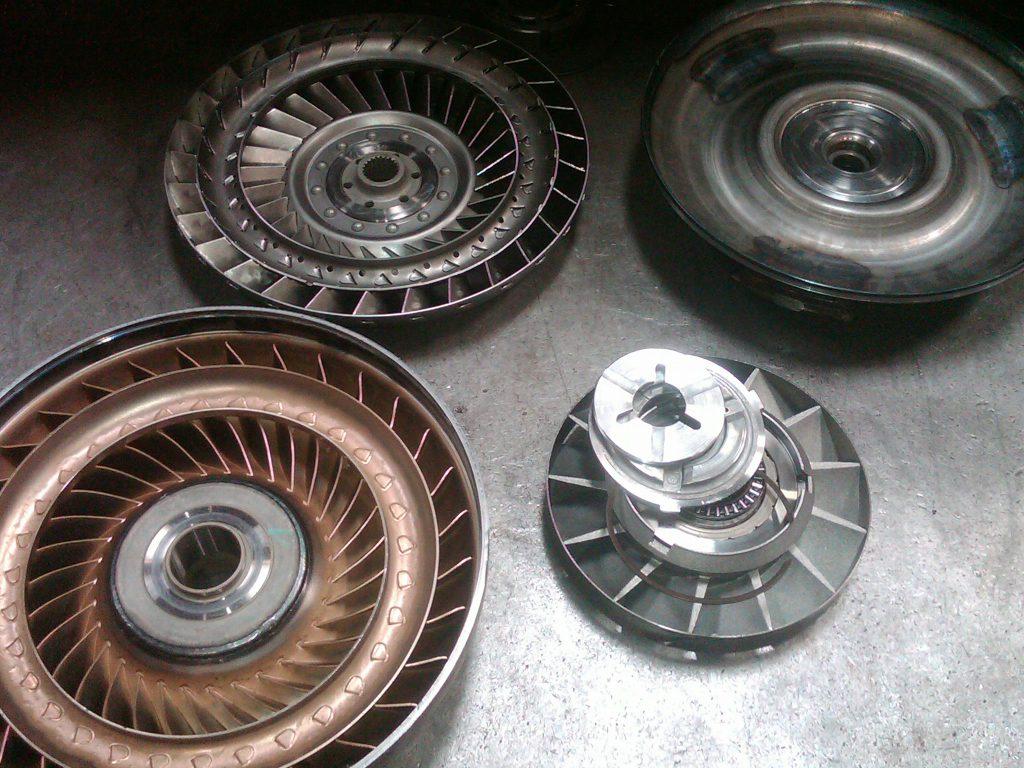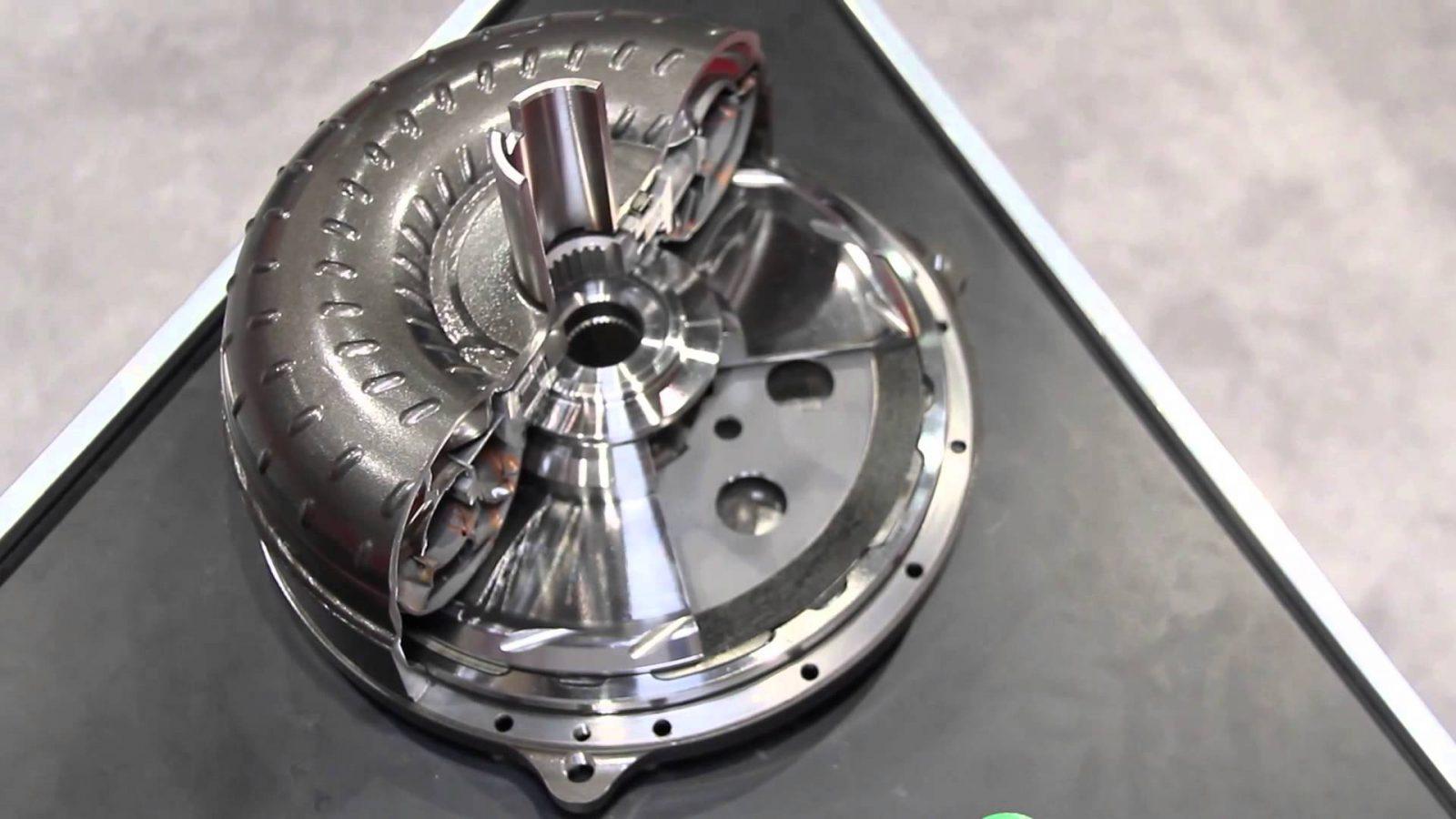Any car geek is always on the edge of their seat when it comes to the technicalities of the mechanical block. One of the topics of interest that may add to the curiosity is the working of lock up torque converters. These converters have been a matter of interest for many owing to the fuel efficiency and better life of the transmission.
To know more about its working and the new lock-up mechanism, read on.
Contents
Lock Up Torque Converters – From The Scratch
All the modern automatic transmission embedded models come with torque converter lockup. This is an innovative mechanism that is doing rounds in the market for the efficiency it offers. Let’s explore the basics and workings of these systems from scratch.
1. What is a torque converter?
Torque converters are similar to fluid coupling (devices for passing rotating mechanical power) that hold the capability to transfer power from an internal combustion engine to the driven load. As far as the positioning is concerned, torque converters lie between the flexplate of the engine and the automatic transmission.
The basic function of torque converters is to multiply torque to cope with the reducing rotational speeds. These converters prove to be a boon when it comes to driving a heavy vehicle down the road. Now that you know what a torque converter is; let’s move on with understanding lock up torque converters.

Besides the important task of giving your vehicle a complete stop without stalling, the torque converter creates more torque for the vehicle in situations where a sudden stop is needed (acting as a brake). Modern torque converters are capable of increasing motor torque by 2 or 3 times. This effect only occurs when the engine rotates much faster than the transmission.
At high speed, the gearbox and engine now move at nearly equal speeds. However, ideally, the gearbox should move at the same speed as the engine because different speeds will waste effort. This is part of the reason why cars using automatic transmissions consume more fuel than cars using manual transmissions.
Now that you know what a torque converter is; let’s move on with understanding lock up torque converters.
How torque converters work:
Read more:
2. The basics of lock up torque converters
What is torque converter lockup? One should know the fact that a torque converter is susceptible to propelling loss in efficiency. When engine power is lower than a threshold normalized value, slippage inside a torque converter is liable to occur. With slippage comes heat which, in turn, leads to the loss of fuel economy. To do away with the underlying issues, a lock up clutch is thus introduced.
The innovative lock-up system connects the impeller with the turbine, transforming the torque converter into an absolute mechanical coupling. The result of an implanted lock up mechanism includes improvement in gliding transmission power and less waste heat. You may also have a look at maintenance tips when better transmission speeds are all that you desire and how does a lockup torque converter work.
3. How does a lock up torque converter work
The lock-up torque converter is a feature found in many modern vehicles equipped with automatic transmissions. Its primary function is to eliminate the energy losses that occur within the torque converter during normal operation, thereby improving fuel efficiency.
A lock up clutch is engaged as soon as the engine and the transmission run at the same speed approximately. The speed at which a lockup mechanism automatically activates is about 64 kph. For transmission to lock up, however, some requirements follow.

Coolant temperature, lockup threshold speed, cruise control, and gears are some parameters that affect the functionality of lock up converters. If all the factors have fallen into place and the lock up activates, the impeller and the turbine hook up. As a result, you can expect 100% power running through the torque converter. Isn’t it all that you want?
Wrapping Up
This is all about lock up torque converters that add overall life to automatics’ transmission. There are some issues related to poor lock up action too, that you must take into consideration. Before you diagnose any of the problems, understanding the working of lock up torque converters is necessary. This explains the hype around the topic!




Hi Tsukasa a great post understanding the torque converter. I have a 2014 2.5 lt subaru outback which gets a distinct vibration i think in the gearbox when accelerating at exactly 40 to 45kl. After that speed the vibration disappears but a very slight vibration can still be felt under acceleration at high speed but stops when backing off the power. The question is could this be caused by the TC lockup clutch not working properly? Everything thing else through the drive system has been checked and seams ok.
Many thanks Kevin
Vibrating noise during high torque acceleration can also be caused slipping one-way lock on the reactor wheel in the converter. That is supposed to be a more common wear problem than slipping lockup clutch.
I have a less than 2 month old Volvo XC40 and at speeds above 66 mphI feel a rumbling coming from the engine which i feel in the steering wheel and even the passenger and driver seats. Some other owners of this model also experience this and we are told this is when the torque converter goes into lockup mode and is normal. I never had a car that would exhibit this annoying vibration. Ideas?